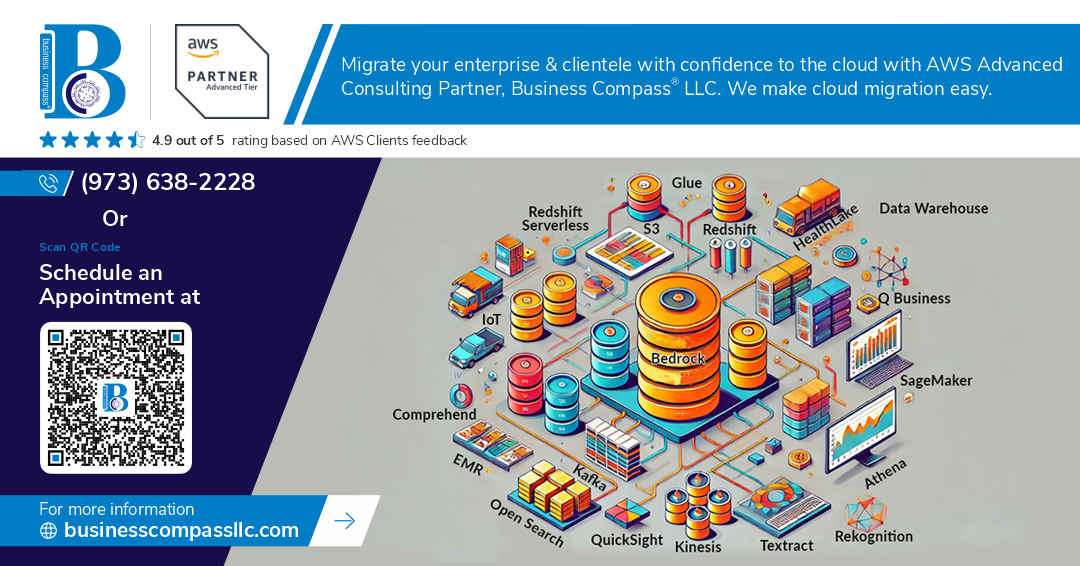AWS Glue vs Apache Airflow: Which Workflow Orchestration Tool is Right for Your Data Pipeline?
When designing and managing data pipelines, two powerful orchestration tools frequently come into consideration: AWS Glue and Apache Airflow. While both offer strong capabilities for automating workflows, they cater to different needs based on architecture, scalability, and integration preferences.
What is AWS Glue?
AWS Glue is a fully managed, serverless data integration service provided by Amazon Web Services. It simplifies the process of discovering, preparing, and combining data for analytics, machine learning, and application development. AWS Glue supports ETL jobs and provides a visual interface for designing workflows, making it ideal for users who want seamless integration with other AWS services.
Key Features of AWS Glue:
Serverless with automatic provisioning and scaling
Native integration with AWS ecosystem (S3, Redshift, Athena, etc.)
Visual ETL job creation using AWS Glue Studio
Built-in support for data cataloging and schema discovery
What is Apache Airflow?
Apache Airflow is an open-source platform used to programmatically author, schedule, and monitor workflows. Unlike AWS Glue, Airflow provides more flexibility and control through Python-based DAGs (Directed Acyclic Graphs). It supports on-premise, cloud, and hybrid deployments, offering a more customizable approach to data orchestration.
Key Features of Apache Airflow:
Python-based workflow authoring for high customization
Plugin support for various operators and integrations
Extensible and community-driven architecture
Compatible with any environment (cloud, on-premise, hybrid)
AWS Glue vs Apache Airflow: A Feature Comparison
Which One Should You Choose?
The decision between AWS Glue and Apache Airflow largely depends on the organization’s infrastructure and data engineering needs.
Choose AWS Glue if the organization heavily uses AWS services and prefers a managed, serverless solution with minimal overhead.
Choose Apache Airflow for greater control over workflows, flexibility in deploying across environments, and integration with a broader range of tools and platforms.
Conclusion
Both AWS Glue and Apache Airflow are excellent tools, but they shine in different scenarios. Enterprises seeking a no-maintenance, AWS-native ETL solution will find AWS Glue highly effective. Meanwhile, teams requiring flexibility, custom logic, or multi-cloud compatibility may prefer the versatility of Apache Airflow.

Comments
Post a Comment